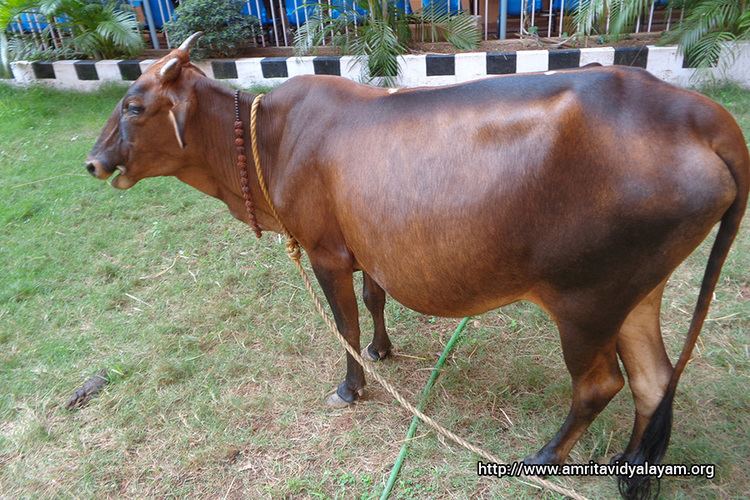Image Source - Google | by kelsinagy
The Kasaragod dwarf cattle or Kullan is one of the first three small cattle in India, the other two Malnad Gidda and the Vechur breed. The Kasaragod dwarf is mainly found in Kasargod, a region northwest of Kerala, surrounded by a large coastal area in the West, the plains of the South, and the hilly plains facing North. This species is also found in Mangalore, Coorg and other parts of Karnataka. Centuries ago, this breed was known as Sahya Pashu (Sahyadri Hill Cows) and was also found in Kannur and other parts of Kerala.
This species is small, friendly and understanding, and accustomed to the hot, humid climate of Kerala. It can withstand high temperatures and resistant to diseases.
The Kasaragod Dwarf variety is in high demand due to its unconventional farming style. Those who know this breed of cattle hope that the conservation of these cattle will help agricultural communities to address their own problem of sustainable development, and can play an important role in the growth and development of rural areas.
The breed is not included in the list of 41 Indigenous cattle listed by the National Bureau for Animal Genetic Resources (NBAGR) Karnal, Haryana although the movement has already begun for the breed to be included in the list of indigenous cattle. in Kerala.
Characteristics
- Cattles are small but well balanced. .
- They usually have brown leather, and the same coat of black or various colors of chocolate, brown, or white. Spots are also visible.
- The mucous color is black in most cows.
- The eyelids, tail changes, hooves, and horns are usually black.
- The horns are usually short or medium, curved at the top and outside depending on the length and shape of the horn.
- The forehead is straight.
- The ears are medium in length and face horizontal.
- The breast is small and small.
- Breast color is usually pink although black teats are seen in black cows.
- The tail is long and almost touches the ground. Tail changes are usually black in color, although brown and white colors are also recognized.
- Approximate lengths of 107.3 cms. for men and 95.83 cms. for women.
- Body length is estimated at 134 cm. for men and 124 cms. for women.
- Body weight is estimated at 194.3 kgs. for men and 147.7 kgs for women.
- The average chest circumference is 133.1 cms. for men and 124.4 cms. for women.
- The gestation period varies from 15 to 18 months.
- It needs 2 pounds of feed per day while its milk content reaches 1 liter per day. Calves weigh only 10.5 kg at birth.
The Kasargod Dwarf Conservation Society was established in 2010 with the aim of developing the Kasargod dwarf species. Currently more than 200 farmers and organic farmers are associated with the program.
Organic farmers in northern Kerala are determined to preserve and make this breed popular. A good development that Bela Cattle Farm in Badiadukka panchayat in Kerala is now being developed as a research center under Central Veterinary University to study, research and expand this rare species of Kasaragod Dwarf.
How much milk does it produce?
The Kasargod dwarf will provide 2.5 to 3 liters of milk per day and can survive on kitchen waste and forest feeds.
Kasargod kullen price
Kasargod kullen price can be from 20,000 to 30,000 INR.








